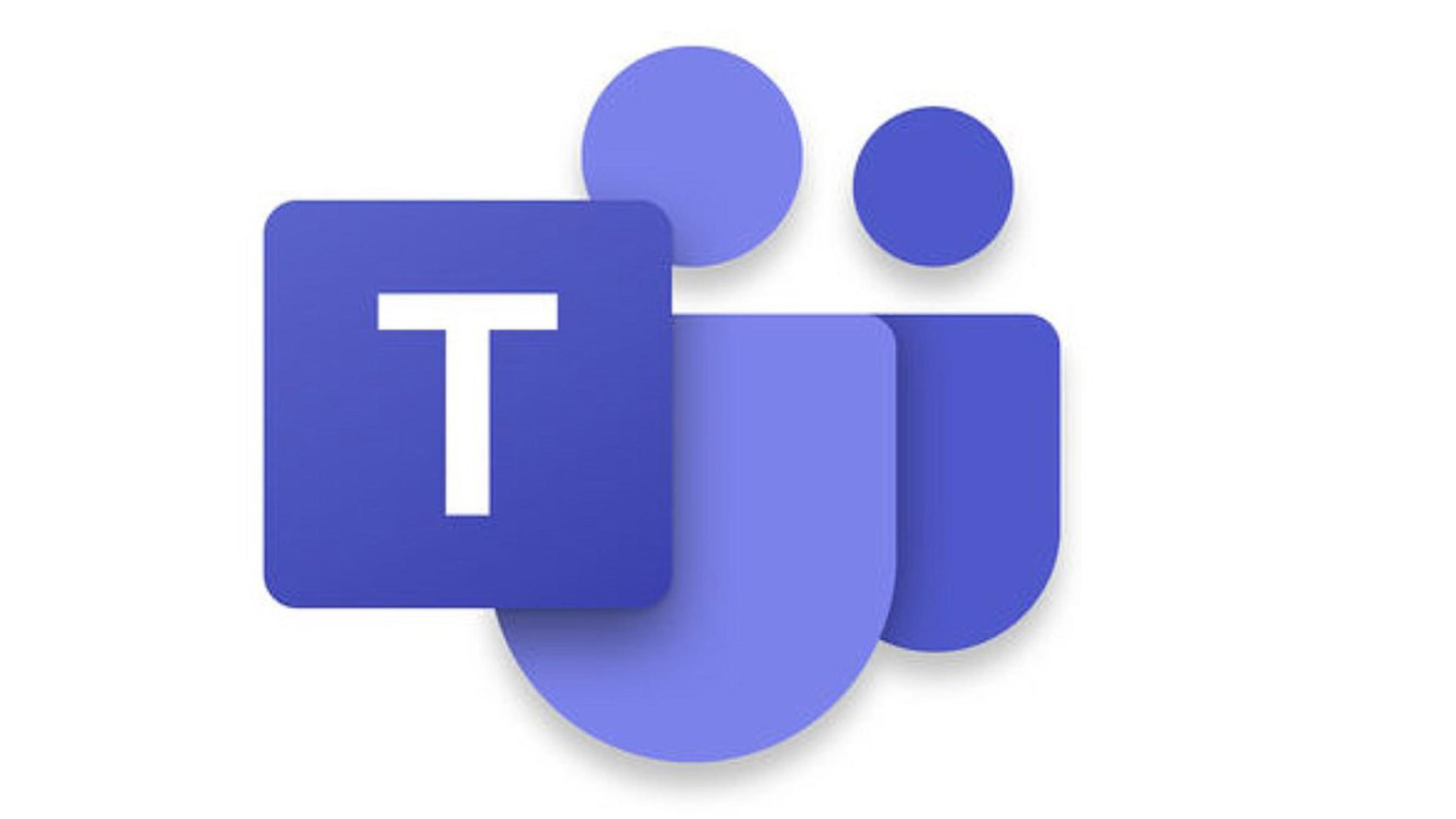
The Universal Service Fund has in the range of $4.5 billion in publicly funded money, which is being used to subsidize Internet service in areas where providing the service would be too expensive to make economic sense for investors – namely, the majority of rural areas throughout the United States.
Bringing broadband to these remote areas cannot sustain a profitable business model to continue providing service to the end user.
The areas which are currently un-served by providers are areas where the terrain is too challenging for wireless and/or fiber, or the population density is too low for providers to invest in and see a return on their investment.
Enter the Connect America Fund, whose policy objectives are:
- To deploy broadband service to areas un-served;
- To supply advanced support for mobile voice and broadband networks in high-cost rural areas;
- Fix a firm budget for the high-cost program;
- Enforce continued requirements for voice support.
The period for this to be completed is by 2020.
While it sounds good on the surface, there is rift among providers as to whether this is good or bad, primarily due to the criteria that must be met.
A mapping or census was completed to allow bidding for infrastructure on areas that needed to be served. The problem was that this mapping was outdated when presented.
Providers can easily lose their license in the communities they are serving. For example, if a provider did not submit a claim to the area for improvement even though they were already serving a community, they would lose their license for that given area if that bid was won by another company.
A provider must build an infrastructure which fulfills multi-category requirements:
- Category 1, which needs 25/5 Mbps as well as being 100/25 capable, and Category 2/3, which requires 10/1 Mbps.
- Fixed maximum amounts that can be charged for voice and Internet must be implemented.
- The fund money (or grant) to be received must be guaranteed by a line of credit from a Tier 1 bank.
- The provider must supply P.E. certified Network Diagrams.
- The provider must supply three years of audited financial statements.
- 30 percent of the money is to be advanced by the CAF with the remaining balance coming over a 10-year period.
- The government has the right to reclaim the money through the line of credit if the provider defaults in any way.
I, personally, am torn because there are good points to this program that are working for individuals now in the experimental phase (as they put it), but I also see a huge amount of pressure on the smaller, community-driven providers to meet the criteria as outlined.
What I would do is urge providers to educate themselves and make a decision based on all the information found on the FCC site.
Even though some 94 percent of households in America have basic service, only about a quarter have access to and use the Internet in rural areas, resulting in lower levels of education, lower quality of infrastructure and higher costs of service.
It is about time rural America had the same opportunities for their communities. Is the Connect America Fund the answer? Only time will tell.























